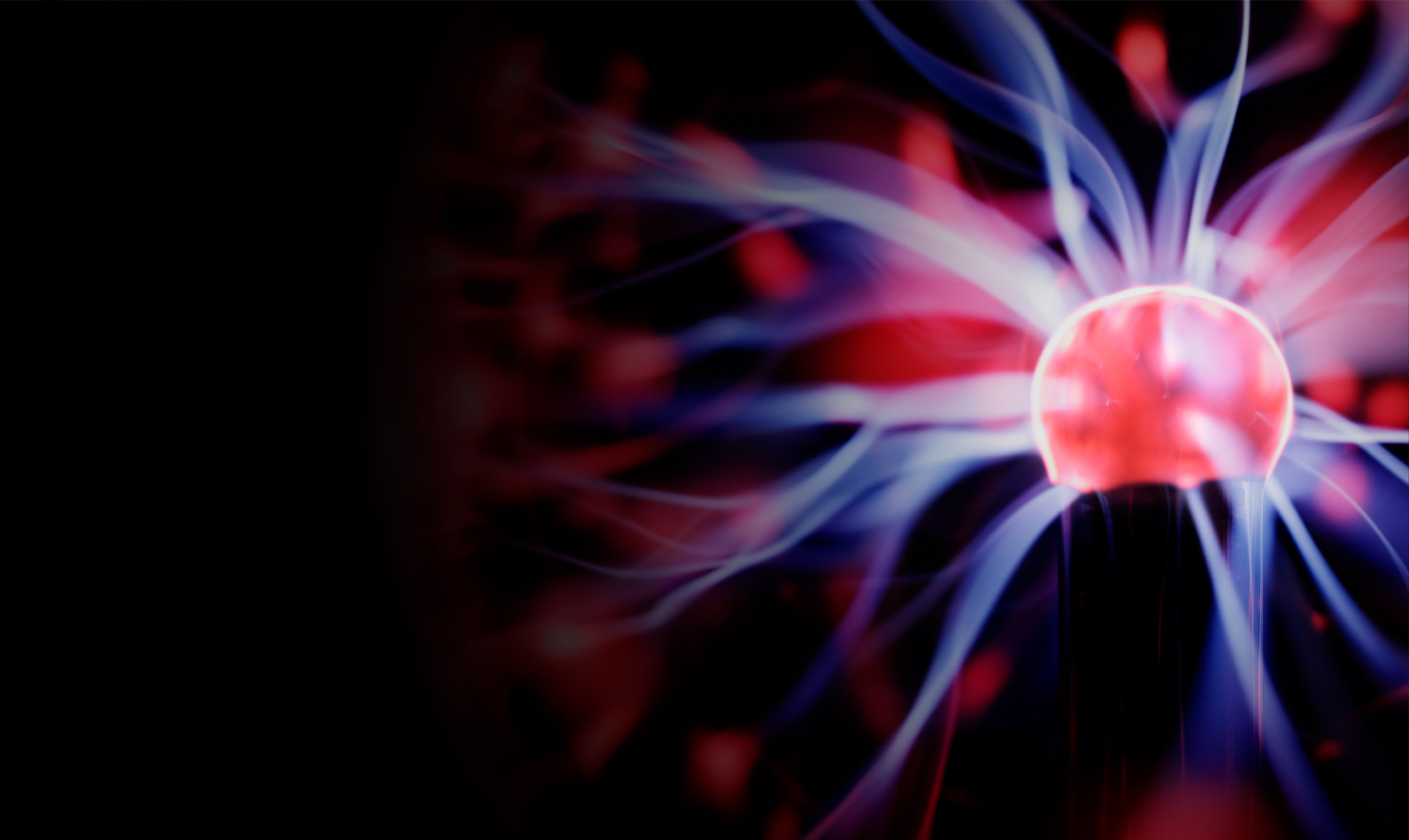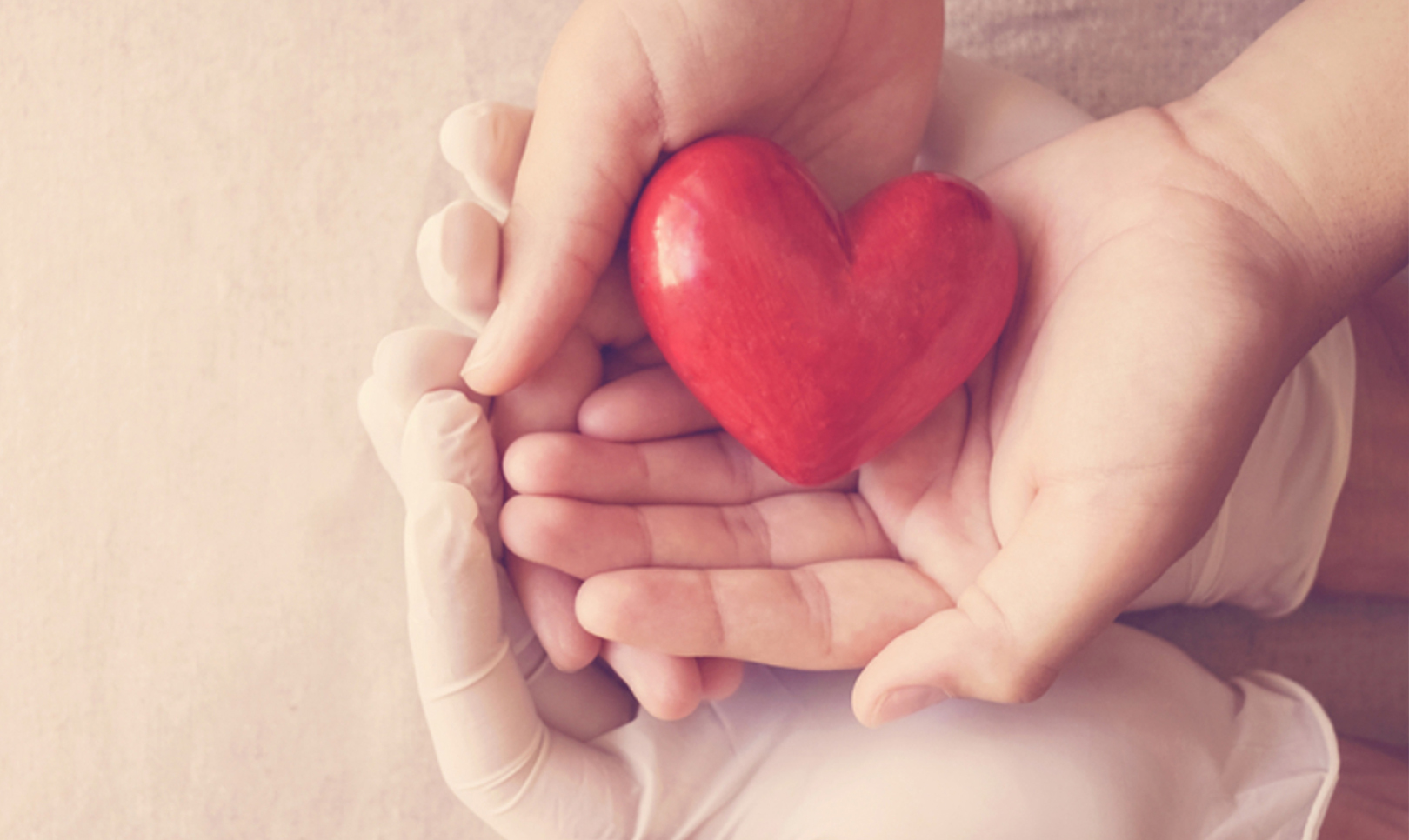Have you ever heard of the chakras? This term, of Sanskrit origin, denominates the semi-material organs or energy centers that allow the human body to connect, capture and transform the energy that permeates us, in addition to distributing it throughout the body, contributing to the processes of health and illness. , depending on how it works.
That’s right, semi-material organs! To understand the integral human being, we first need to broaden our perception of the universe to its most diverse manifestations, even those that “escape” from the prevailing scientific paradigm. In this new way of understanding the world, we perceive the existence of other manifestations of life or dimensions where energy assumes different forms and combinations. Even matter is a manifestation of what we call “energy”!
The human being is a complex structure. Analyzing only our physiological aspect, it is already possible to perceive the marvel that is the human body in operation. However, as wonderful as it is, the human body is very similar to that of other animals.
In any animal, there will be a structure of life. The shape of the organs, the way the organism feeds, and whether or not there is warm blood, all of this can change. However, there is still a structure there that serves as the manifestation of this evolving being.
However, unlike all other animals, human beings have conscience and self-awareness, which allows their moral evolution towards understanding their role as co-creators in the universe.
Given this, it is not strange to say that the human being is a complex formed by the mind, the manifestation of its spiritual individuality, by the energies, and by the physical body.
Thus, the human being is a spiritual entity (since his divine spark pulsates within himself) that manages to interact with aspects of the material world, using, for this, a complex structure that involves both the body and the mind.
The integrated functioning of bodies
This new conception of the human being understands that, in addition to the physical body, there are bodies made of matter in more subtle states than the matter that we can feel, pick up and measure. These “subtle bodies” or non-material are vehicles that human beings use to express their consciousness in the different planes of existence beyond the physical plane.
That is, for each level of existence, human beings have a “body” or “vehicle” for the manifestation of their individual consciousness. Thus, to manifest ourselves in the material or physical plane, we use the physical body; in terms of “energies”, we make use of an energetic body called the vital body or etheric double. On the level of emotions, we use the astral body or psychosoma; on the mental or mind plane, we use the mental body. These bodies have structures that allow them to perform their specific functions in addition to connecting them to each other and all connecting to the physical body. Thus, the human being has his existence integrated into the multiple planes of vibration in which he manifests himself, in a continuous flow of information, from the mind to the physical body.
Do you remember that at the beginning of the text we referred to the chakras?
The etheric body absorbs energy from the environment through structures or energetic fulcrums scattered along its length. These structures or organs are called chakras. They are interconnected by channels that distribute energy through the etheric body and from there to the physical body. There are several chakras, called by different names according to the tradition of knowledge that studies them. However, most of them converge to a point of understanding: there are seven main chakras that converge their structures to the physical body in the region of the spine.
To keep the entire body structure and the expression of the mind functioning in life, on a day-to-day basis, the etheric body absorbs energy from the environment, or prana, revitalizing the nervous system and organs, allowing for a more balanced dynamic of the being.
The chakras and channel systems
Translated into Portuguese, “chakra” means “circle or wheel”. Each chakra picks up prana in a specific way or frequency. It is important that the seven chakras are aligned and absorbing, metabolizing an ideal amount of energy, according to your constitution. An overloaded or low-energy chakra generates all kinds of complications to the body, directly affecting the individual’s physiology. Each major chakra connects to an endocrine gland in the human body. They also have a correspondence to emotional and behavioral aspects
It is worth mentioning that the names of the chakras may vary according to the school of study. Next, we will give an overview of these structures that are so important in therapeutic practice.
basic chakra
Also known as the root center, located at the base of the spine. Related to the adrenal glands and gonads, it is responsible for the aspect of solidity in the various aspects that permeate life in the physical body. It deals with survival, the most primary aspects of life, developing and modulating the will about the life impulse. Unbalanced, it can be the basis of violent behavior both in thoughts and attitudes: anger, resentment, cholera, for example.
splenic chakra
Located in the region corresponding to the spleen (left side of the rib cage), it is related to the spleen and pancreas, with an important function in blood vitalization and support of the immune system function. It has a direct relationship with the ethereal or vital body, the body in which the chakras exist.
The splenic chakra is a living energy transformer and is one of the most important in the production of energy used in therapeutic processes, also known as “bioenergy”. With this understanding, we can see how important the vital body is for integrative and psychobioenergetic therapists, that is, those who use energetic therapies, as it is the living store of this content produced by the chakras.
Solar, gastric, or umbilical chakra
The umbilical chakra, as the name implies, is located in the navel region. He is very important, for maintaining communication between the body and the mind. After all, it is directly related to the astral or emotional body, the body that is the vehicle of emotions in understanding the whole human being.
It has to do with emotional assimilation, sensitivity, feelings of pleasure, and passion for life and material elements. That is, his “behavioral” specialization is the expression of the domains of instinct and passionate emotions. It relates to the digestive system and also to the adrenal glands.
The three chakras studied so far are considered the 3 lower chakras that connect to the three upper chakras (throat, brow, and crown) that are interconnected through the heart chakra.
heart chakra
The heart chakra, as the name implies, is located in the chest region, between the solar and laryngeal plexus. It relates to the thymus gland and lymphatic system. In terms of expressiveness, it is related to enthusiasm for life, affectivity, and self-love, a sense of beauty, sensitivity to life. It governs feelings, which are different from emotions and makes human beings get involved in everything they do.
It also has the function of “fusing” the individual with the present. That is why it is considered the bridge between the 3 lower chakras (basic, splenic and solar, responsible for the expression of materiality) and the 3 upper chakras (throat, forehead, and crown).
throat chakra
The laryngeal chakra is located in the throat region and is related to the thyroid and parathyroid. It is related to speech and the individual’s capacity for creative expression, being the center of communication, not only through the expression of speech but also through the expression of being in life. Transpersonal expression and spiritual and life communication are other functions. After all, communicating is relating!
It has a connection with the inferior mental body, responsible for the intellective function, objective mind, reasoning, and intellect.
Chacra frontal
This chakra, also known in spiritualist schools as the “third eye”, is located between the eyebrows.
Connected directly to the pituitary gland. Due to its characteristics, it coordinates all the glands of the endocrine system. It relates to the higher mental or superconscious body, representing pure intuition. It is he who elaborates more abstract concepts, synthesis, and conclusions that define individual actions, as well as creative reasoning.
crown chakra
It is known as the superior chakra, located at the top of the head, relating to the pineal gland. Its expressiveness is due to its relationship with spiritual enlightenment, union with the divine, and the immutable.
It is the most important of all chakras, as it is beyond the mind, transcending the condition of consciousness trapped in the world of forms. It is through this chakra that we perceive the higher life of the spirit and are aware of it, connecting us to higher currents of thought.
Directly linked to the base chakra, it allows energies to be transmuted and transformed into higher activity.
About flow of energy, health, and well-being
The proper functioning of human physiology and good mental, energetic, and relational health depends on a balanced expression of the individual on their physical, energetic, mental/emotional, and spiritual levels. Only when vital energy adequately fills the body, and when the individual’s mind aligns with more balanced behaviors, can a fulfilling life be achieved.
The imbalance of any of the chakras can have an impact on the individual’s mental and physical health. If the physiology of the chakras begins to be affected, and there are no medical justifications for the discomforts felt, the use of integrative and complementary therapies is justified, expanding the support to individual health and well-being.
When working the chakras and the energy system, the objective is to synchronize the human being/nature/universe elements, so that the energy flows properly.
Magnetism, bioenergetics, hypnotherapy and neurolinguistic programming are examples of integrative therapeutic practices.
The psychobioenergetic techniques are applied by a qualified professional that allows the reorganization of the energy fluids, allowing a better flow of energy throughout the body, as well as the improvement of the emotional and behavioral aspects during the therapeutic process.
However, it is always good to emphasize that integrative and psychobioenergetic techniques are complementary to traditional medicine, adding to the comprehensive care of human beings. That is, during the follow-up of your patient, you should use integrative therapeutic techniques in parallel with the usual medical care, according to the medical diagnoses that the patient may have.
The therapist must understand that his performance goes far beyond the purely “energetic” aspect. As Carl Jung would say: “The meeting of two personalities is similar to the contact of two chemical substances: if any reaction occurs, both undergo a transformation”.
Thus, the therapist who provides comprehensive care must seek tools that encourage self-care, self-responsibility, self-love, and individual self-expression, making the patient integrate mind and thoughts, emotions and sensations, behaviors, and organic vitality in a more balanced way. The therapeutic process stimulates the resumption of the reins of one’s own life, allowing the spirit, pure light, to manifest its potential in the sense of happiness, fulfillment, and flowering of its potential.
Receive a loving hug,
Come with me, let’s go together!
–
Doctor Ary Caldeira (CRM/MG 45702) is a physician, acupuncturist, and therapist in psychobioenergetic integrative techniques. He works by uniting medicine and spirituality in his consultations, courses, and lectures. Using NLP techniques, hypnosis, phytotherapy, flower essences, and anthroposophic medicine, he helps patients to have more health and well-being, addressing emotional, behavioral, and energetic issues as a strategy for autonomy for self-care. Professor of the Integrative and Psychobioenergetic Therapy course.






